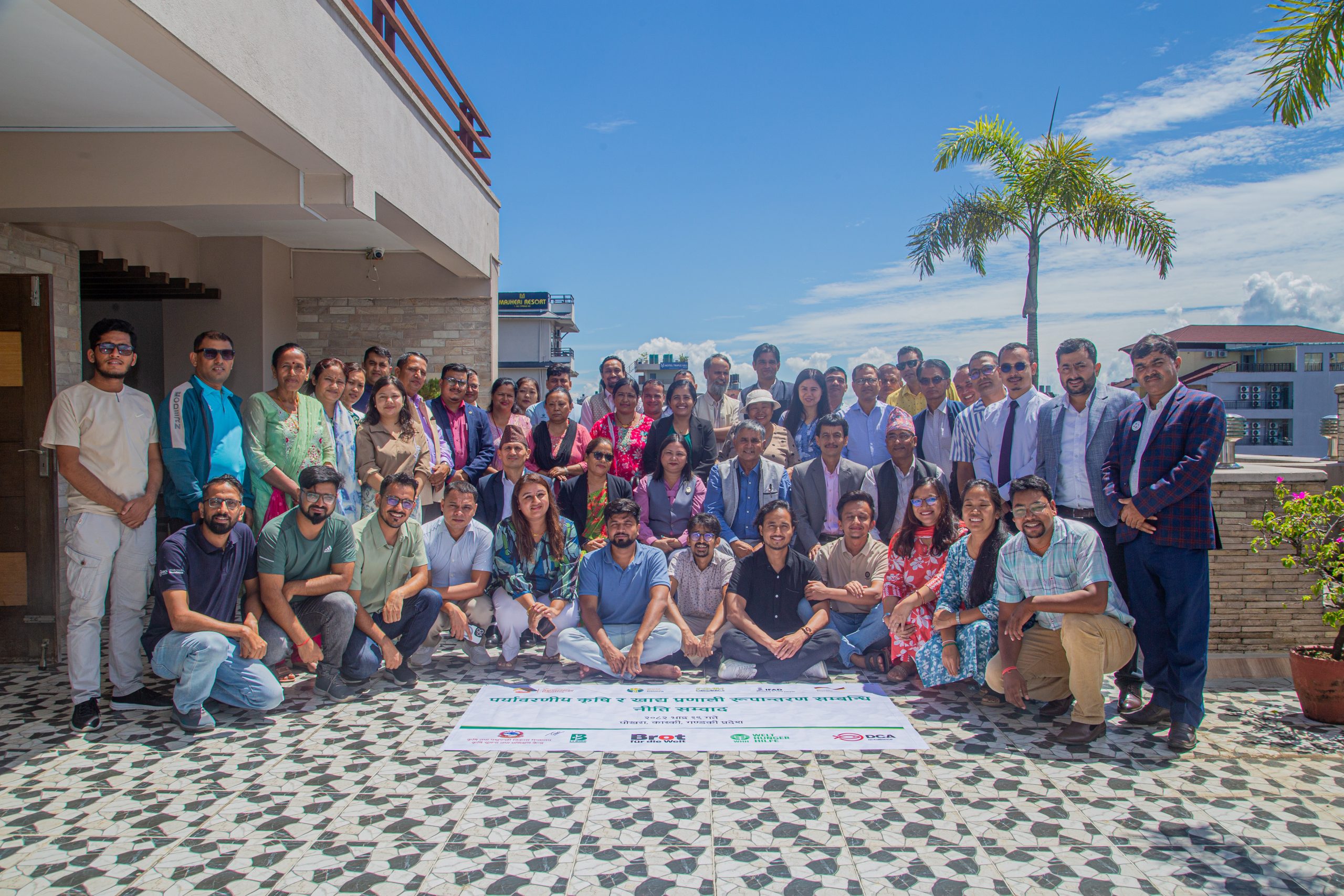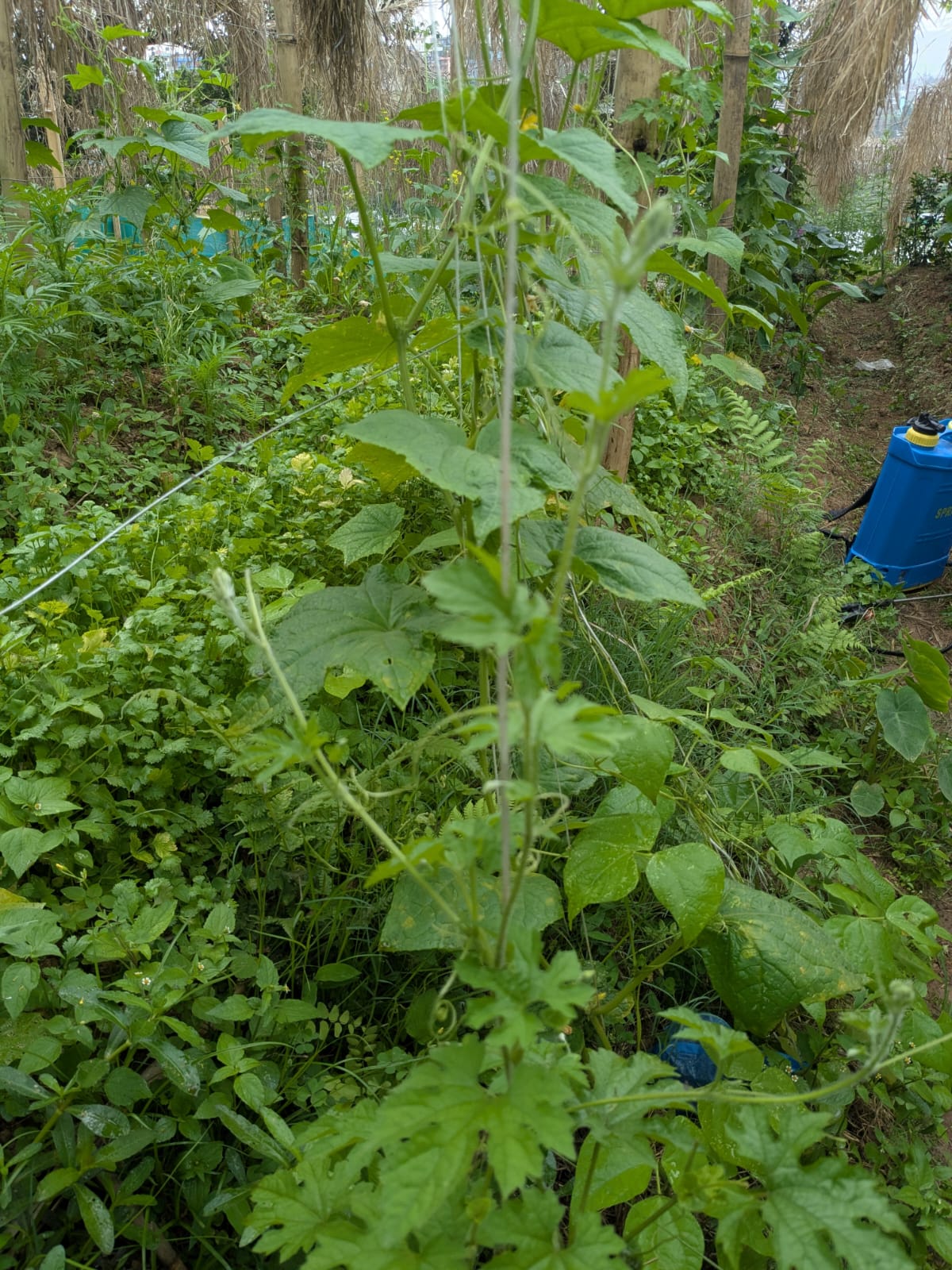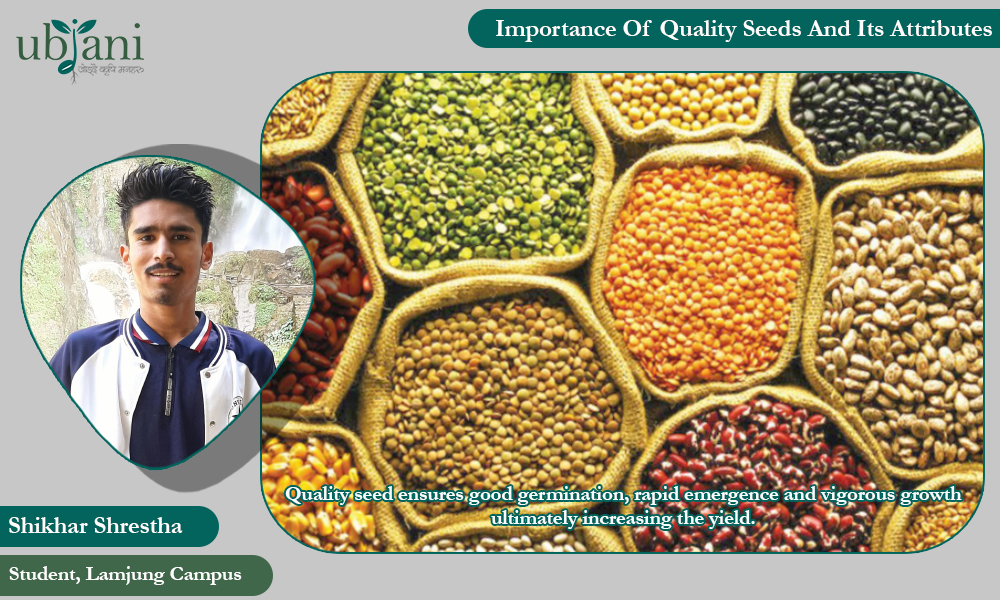
Agricultural land continues to disappear as cities grow and attract more people to urban centres. The decline has not only increased dependency on hinterlands and far-flung supply chains, but also burdened the national coffers as a significant amount of foreign reserves is spent on food imports. There are more mouths to feed than ever before and, clearly, the path we are on is unsustainable and poses enormous socio-economic risks to the country.
Across the world, cities continue to introduce sustainability measures to address a range of urban issues, from meeting energy requirements to ensuring clean air. There are countless instances of people installing solar panels on rooftops to generate electricity for their homes or applying simple plumbing measures to harvest rainwater. More recently, people have shown that it is possible to grow one’s own food on the rooftop. For want of open spaces, rooftops have become our answer to some of the most pressing issues of the day and provided us with effective solutions, which when scaled, could bring much-needed disruption to enhance our lives.
Rooftops in an urban setting are usually neglected spaces. But a transition to rooftop farming can be revolutionary in many ways. Agriculture scholars and practitioners vouch for many benefits of rooftop farming. It can be instrumental in meeting household nutrition requirements by providing chemical-free organic produce and also play a significant role in urban environment management by enhancing air quality. Scientific advancements in the field have also proven that it is possible to grow a variety of crops in limited space and with less extensive labour.
From the simple container or grow bag gardening to advanced systems like hydroponics and aeroponics, the market today is ready to complement the growing consumer interest in rooftop farming. So much so that there are successful business models which have even generated jobs and revenue streams for companies that sell these technologies and agriculture inputs. Today, it is possible for an average-sized family to invest in a system of their choice to grow a range of vegetables and fruits on their rooftops, and meet their requirements yearlong with minimum efforts and inputs.
In the wake of the pandemic, Google Trends reports show a worldwide public interest in buying seeds and plants. Nepal’s social media sphere is also ripe with people boasting their home-grown produce and companies advertising their produce to meet the growing interests. While the rooftop movement is certainly headed in the right direction, it is also an opportunity for city officials to encourage more people to join the bandwagon and boost the trend of rooftop farming.
As more and more people are aware of the environment and the health consequences of chemical-laden food, rooftop farming has attracted people’s attention. The panic hoarding during the lockdown and the disruption in supplies has also been a wake-up call to the public, who now see inspiration in a recycled container used by a neighbour or a family member to grow chillies, lemons or even cauliflowers. It’s certainly not a new concept for Nepali society, but the concept is gaining momentum like never before.
Collectively, rooftop farms could also improve the aesthetics of the city and provide ecological benefits. Plants retain rainwater, and also shade the roof from scorching heat, thereby reducing the effects of heat island during summer. It also brings people closer to nature as families come together to engage with nature on a daily basis and in the process, also understand how food is grown. Research has shown that our engagement with nature boosts our mental and physical wellbeing.
To nurture this rooftop movement, city officials only need to do a little math and look at the benefits rooftop farming will yield in the long run. If rooftop farming helps grow food, it also creates jobs and businesses, which can be a source of revenue for the municipalities. There are numerous instances globally where policy interventions to boost rooftop farming have returned manifold benefits. The timing couldn’t have been more perfect.


















